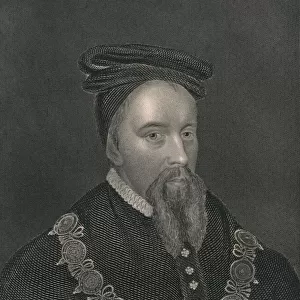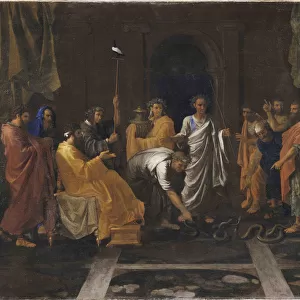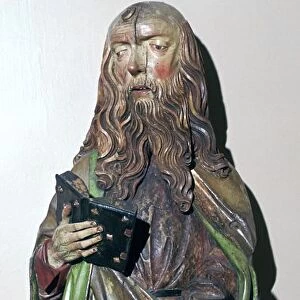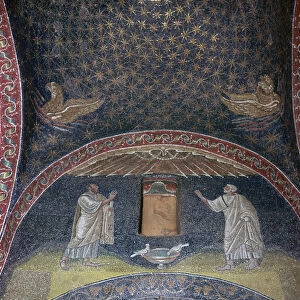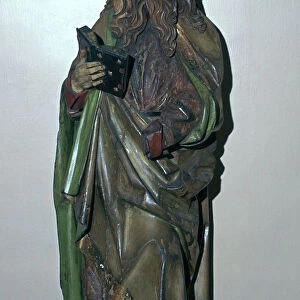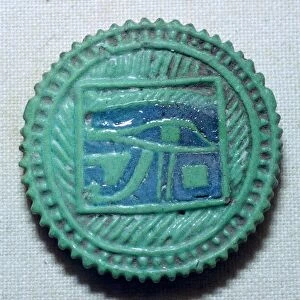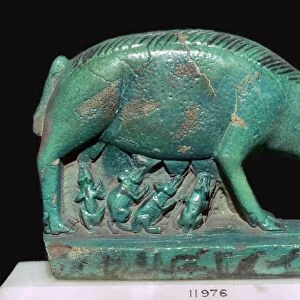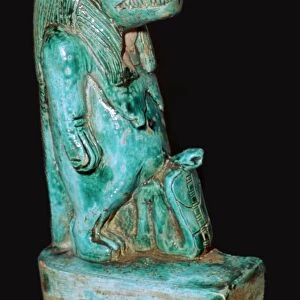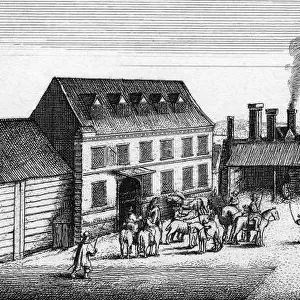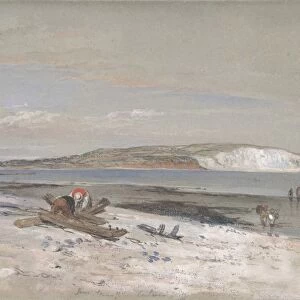1560 Gesner Barbary macaque monkey ape
![]()

Wall Art and Photo Gifts from Science Photo Library
1560 Gesner Barbary macaque monkey ape
A Barbary Macaque monkey identified as " Ein Aff" (An ape). Woodcut with old colouring. Gesner " Icones Animalium" publ. Christof Froschover, Zurich, 1560. The division between tailed and tail-less being the origin of the historical (pre-scientific) division between monkeys and apes. The barbary macaque is in fact a tail-less monkey rather than part of the taxon within which we now include apes and man. The Barbary Macaque (Macaca sylvanus) is the only primate whose range includes Europe, and hence was one of the best known in early times
Science Photo Library features Science and Medical images including photos and illustrations
Media ID 6346987
© PAUL D STEWART/SCIENCE PHOTO LIBRARY
16th Century Animalium Bestiary Colour Conrad Early Folk Lore Gesner Gessner Historiae Hominid Hominoidea Icones Middle Ages Monkey Natural History Primate Satyr Simian Wood Cut Barbary Macaca Sylvanus
EDITORS COMMENTS
This print takes us back to the 16th century, where early natural history illustrations were a window into the mysterious world of animals. The woodcut, with its old coloring, showcases a Barbary Macaque monkey identified as "Ein Aff" or "An Ape". It was featured in Conrad Gesner's renowned work "Icones Animalium" published by Christof Froschover in Zurich in 1560. What makes this illustration particularly intriguing is that it highlights the historical division between monkeys and apes based on their tails. The Barbary Macaque, despite being referred to as an ape at that time, is actually a tail-less monkey. This distinction holds significance as it shaped our understanding of primates before scientific classifications emerged. The Barbary Macaque (Macaca sylvanus) stands out among other primates due to its unique range encompassing Europe. Consequently, it held great familiarity during ancient times. Its portrayal here not only serves as an artistic representation but also offers valuable insights into early perceptions of these fascinating creatures. Paul D. Stewart's expertly captured print brings together elements of artistry and scientific inquiry from centuries past. With references to folklore, bestiaries, and medieval history intertwined with concepts like hominids and simians, this image invites us to explore the rich tapestry of knowledge surrounding primate classification throughout human history.
MADE IN THE USA
Safe Shipping with 30 Day Money Back Guarantee
FREE PERSONALISATION*
We are proud to offer a range of customisation features including Personalised Captions, Color Filters and Picture Zoom Tools
SECURE PAYMENTS
We happily accept a wide range of payment options so you can pay for the things you need in the way that is most convenient for you
* Options may vary by product and licensing agreement. Zoomed Pictures can be adjusted in the Cart.



